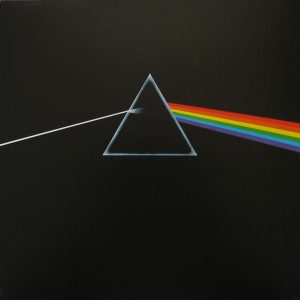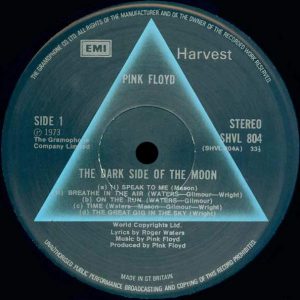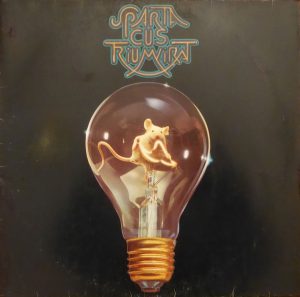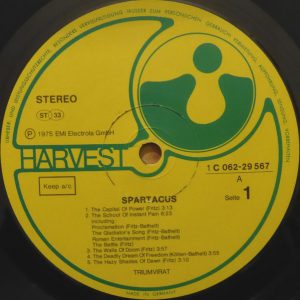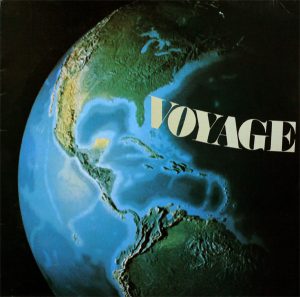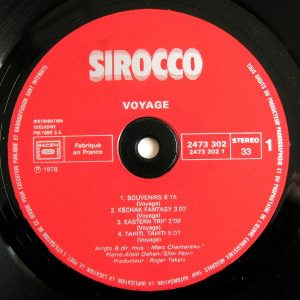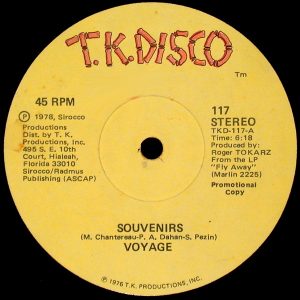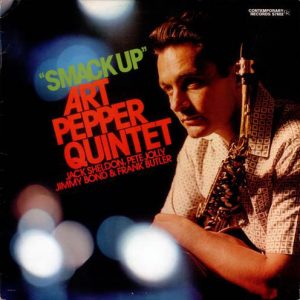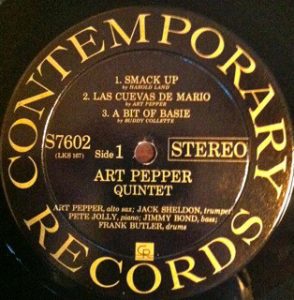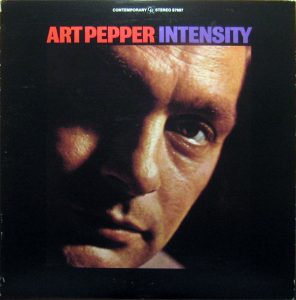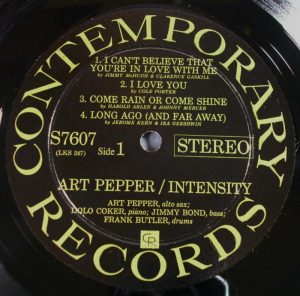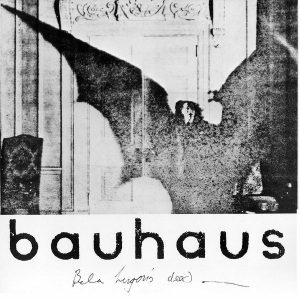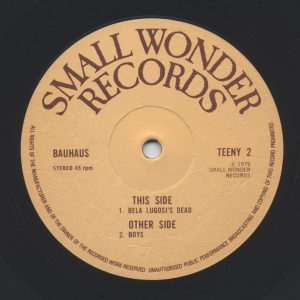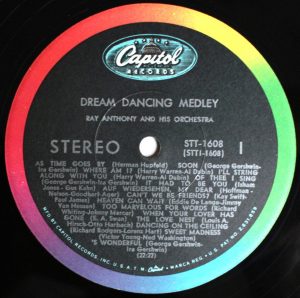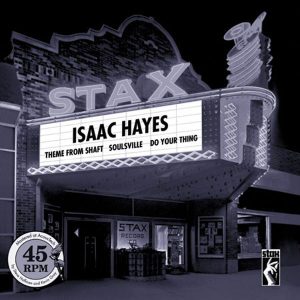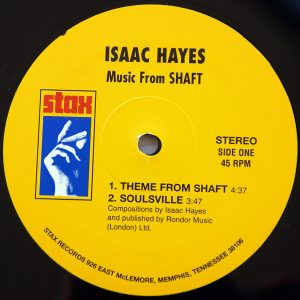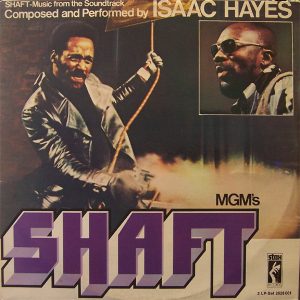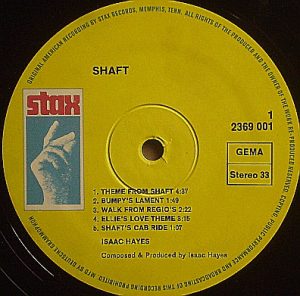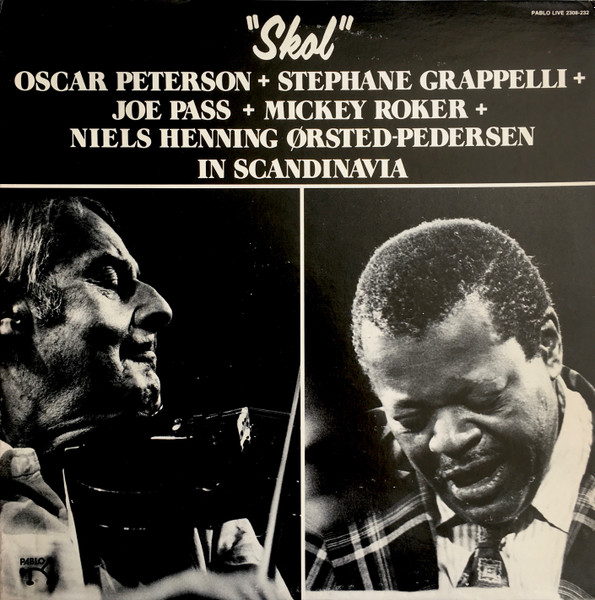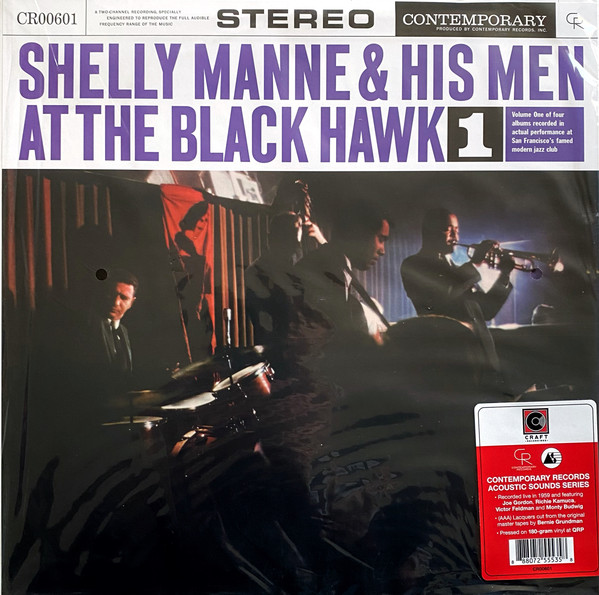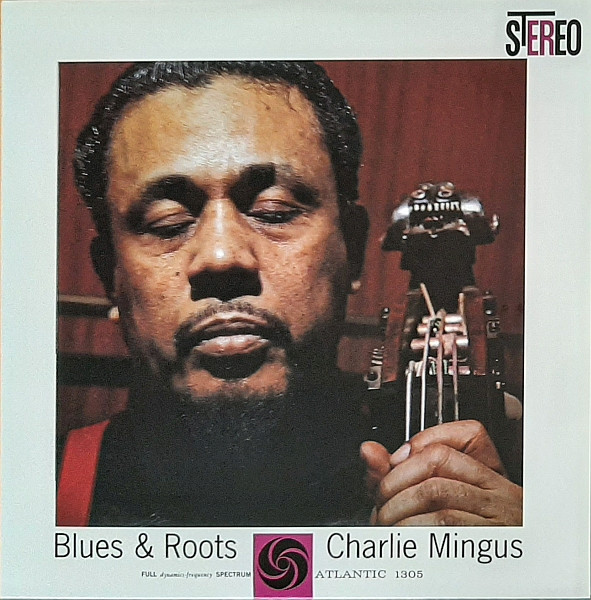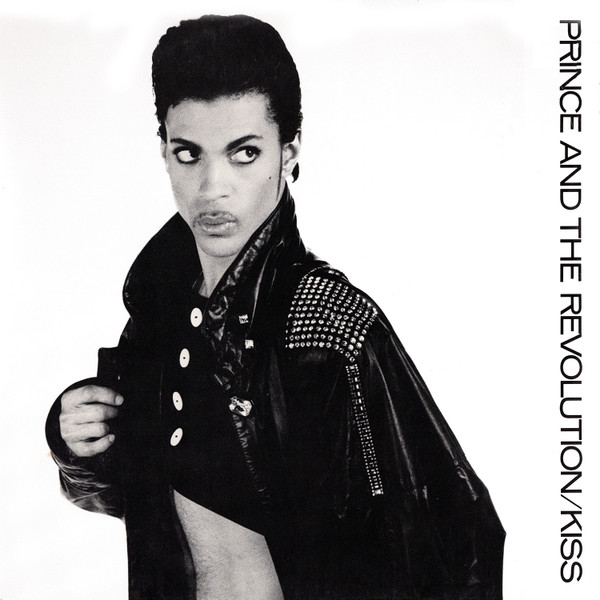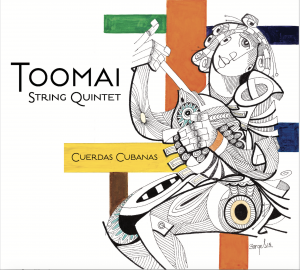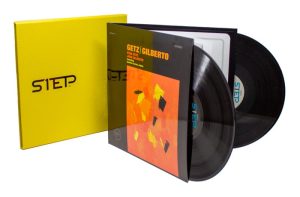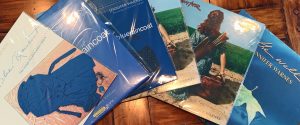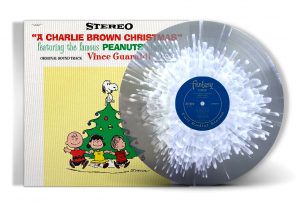This is an ongoing project by Claude Lemaire of Soundevaluations
82. Pink Floyd, The Dark Side of the Moon. Harvest – SHVL 804, 1E 064 o 05249 (UK) (1973), 582 1361 (UK) (2003) (30th anniversary edition), 33 1/3 rpm. Genre: space rock, art rock, progressive rock, electronic, jazz fusion, and funk touches.
Ahh, at last, there it is. Of course it just had to be included in any Top Sonic or Top Rock Album List worthy of the name. Recorded between June 1972 and January 1973 at Abbey Road Studios, London, by a masterful twenty-three year old engineer named Alan Parsons, with assistance from engineers Peter James, and Chris Thomas supervising the mix on then state of the art 16 track analog; by all accounts DSOTM represents Pink Floyd's musical masterpiece. Parsons had previously cut his teeth as an assistant engineer on The Beatles last two albums—Abbey Road and Let it Be—as well as the band's 1970 release Atom Heart Mother [Harvest SHVL 781], and later forming his own pet Project—prioritizing that direction over Floyd's follow-up to DSOTM, 1975's Wish You Were Here [Harvest SHVL 814]. Along with Sgt. Pepper, this must be Rock's most analyzed album of all time, certainly one of the biggest sellers also—well over 25 million certified units worldwide—and consequently one of the most reissued LPs from countless countries and pressing plants. As such, you will find an abundance of detailed info in books and online that dives deeper than I dare go inside the usual space of this List. And similar to "Pepper," the album also combines many musical styles other than rock. Interspersed between the harder-heavier riffs, are floating atmospheric material; add to that a pinch or two of jazz, fusion, and funk in the odd-metered "Money" before the break, and progressing onto "Us and Them" through Dick Parry's sax solos; there's even some pioneering—Synthi AKS—sequencer synth on the electronic "On the Run." Given the scarcity of finding an original UK first press in NM condition at an affordable price—the lowest on Discogs as of this writing approaching the $1K mark—my favored choice is the 2003 UK, 30th anniversary edition remastered by Doug Sax and Kevin Gray, and lacquer cut by Gray at AcousTech Mastering. This winning duo did a fantastic job providing a well balanced analog warm tone, respecting the tape and the era's dynamics. The soundstage is well exploited to convince us that we are part of another universe while the central image locks down the rockier elements of the main quartet. My previous preferred pressing was the JVC MoFi [MFSL 1-017] half-speed cut by Stan Ricker in 1979, which all in all, is good—though the EQ seems a tad heavier-handed—but in comparison I find this Sax/Gray pairing more open and transparent, delivering delicate details especially appreciated in the ride cymbal's top end, myriad vocal and reverb/delay effects, and the spectacular clock chimes sequence in "Time." Lastly, I also have a friend's 1978 Italian repress [Harvest 3C 064-05249] that sounds sweet, nicely balanced, and not that far apart from the 30th anniversary edition described above. As a consequence of being pressed so many times since its inception, you will find many different opinions on which is the best version to own, but the general consensus on serious sound forums seems to gravitate towards the 2nd or 3rd UK pressing which I haven't heard unfortunately.
83. Triumvirat, Spartacus. Harvest, EMI Electrola – 1C 062-29 567 (Ger.) (1975), 33 1/3 rpm. Genre: progressive.
Germany's response to Britain's ELP: which makes perfect sense given that both groups counted three virtuoso musicians conquering keyboards, bass/guitars, and drums, closely spanning the same pertinent period, 1972-1980. Throw in a dash of early-seventies Yes and you get a good idea of what to expect from this trio stemming from Cologne. This was the band's third and best known release, and as the title suggests, it is a concept album inspired by the Thracian gladiator Spartacus, sequenced in a suite of nine tracks—some of which subdivided into four parts—reinforcing the progressive path put forth. Engineer Wolfgang Thierbach finely recorded the band at EMI Electrola Studio 1 in Cologne in February/March 1973 while famed Beatles British engineer Geoff Emerick superbly mixed the tracks at A.I.R. Studios in London that same March, pushing the drum parts quite in prominence relative to the rest of the instruments—an engineering style which I welcome greatly and seldom encounter on record regrettably. Helmuth Rüssman was the tape operator. The sound is truly excellent with a powerful bottom end provided by the drums, bass, and lower-note keyboard reach, accompanied by greater than usual dynamics for this symphony-esque musical genre. The latter allows us to turn up the volume quite higher than usual without any listener fatigue—always a good sign and oh, how I wish many artists, producers, and engineers would follow this route. Counting a total of seven albums and many member changes, like the majority of progressive groups, they called it quits at the turn of the decade as the musical landscape considerably changed towards other directions.
84. Voyage, Voyage. Sirocco or Polydor – 2933 803 (France) (1977), 33 1/3 rpm. Genre: Euro disco, tribal, indo-disco, protoworldbeat.
Along with Crystall Grass, Cerrone, and Costandinos' numerous productions, French-based Voyage transports us to the epicenter of Euro disco. Headed by Marc Chantereau on keyboards, Pierre Alain Dahan on drums, and Slim Pezin on guitar—with all three tagging percussion and vocals to their résumé—the nine-member musical ensemble explored the globe through four albums until their final landing in 1982. Their self-titled debut comprising seven segued songs, quietly launched at the very end of 1977 but really took flight the following spring, supported by two discothèque hits: "From East to West" and the energetic, piano-driven "Lady America" closing the album. Both unaltered extracts found their way on this side of the Atlantic on the 45 rpm twelve-inch single [T.K. TKD-085] which can serve as a worthwhile alternative if one does not care for the remaining five, fairly good, mostly instrumental tracks. Recorded and mixed at Trident Studios, London, by engineers Peter Kelsey and Steve Tayler with additional recording at Ferber Studios, Paris, by engineer Paul Scemama; the tonal balance is evenly well balanced with generous top end detail, accompanied by a constant metronomic upbeat drive throughout the trip. Only a sliver more of bottom weight would make it picture perfect. As typical for the period the compression is kept appropriately low for this progressive sub-genre.
85. Voyage, Fly Away. Sirocco – 2473 302 (France) (1978), 33 1/3 rpm. Genre: Euro disco, tribal, indo-disco, protoworldbeat.
Fly Away is the follow-up to Voyage's debut LP, pretty much repeating the same successful recipe; so if you tripped on the former, you shouldn't be disoriented on this voyage. It too comprised two discothèque and radio hits: "Souvenirs," sounding a lot like—and also a great mix pairing with—"From East to West," and "Let's Fly Away" that did not gather as much airplay as their other singles but is melodically pleasant nonetheless. By the same recommendation as above, if you would rather concentrate on the main hit of the album and benefit a bit from a technical sonic standpoint, then go with the US pressed, 45 rpm twelve-inch single [T.K. TKD-117]. Originally recorded and mixed at Trident Studios, London, by engineers Paul Scemama and Steve Tayler with additional recording at Ferber Studios, Paris; and pressed at C.I.D.I.S. Louviers; the tonal balance is evenly well balanced with generous top end detail, accompanied by a constant metronomic upbeat drive throughout. As typical for the period, the compression is kept appropriately low. The TK maxi-single in particular has a very satisfying punch in the upper bass and slightly shelved mids that encourages pumping up the volume! The Canadian LP [RCA Victor KKL1-0299] mastered at RCA Canada, lacquer cut at RCA Studios in Toronto, and pressed by RCA Records Pressing Plant in Smith Falls, Ontario is quite good also and easily found at a low price if you have trouble finding the original French Sirocco pressing. The group would encounter 2 more minor hits, first with "I Love You Dancer" [Sirocco 2441 236] in 1980, and finally with "Let's Get Started" [Sirocco 2441 500] in 1982, though not surprisingly, changing styles and sonic aesthetics with the times.
86. Art Pepper Quintet, Smack Up. Contemporary Records S7602 (1962), Analogue Productions – AJAZ 7602 (2009) (2 x 45 rpm). Genre: jazz, bop, West Coast, cool jazz.
Altoist Art Pepper's Smack Up fits in as the fourth of five LP's released between 1957 and 1963 on Lester Koenig's Contemporary jazz label. Recorded by Roy DuNann in Los Angeles in late October 1960, it is one of my favorites right after his + Eleven–Modern Jazz Classics LP out the year before (see entry 63 HERE). Accompanied by Jack Sheldon on trumpet, Pete Jolly on piano, Jimmy Bond on bass, and Frank Butler on drums, the quintet navigates alternating waters between hotter-harder bop numbers borrowing from "Bird" and Blue Note, and cooler Coast sounds à la Brubeck and Miles circa 1959—both of whom were enjoying immense influence and success at that time on the jazz scene—through six saxophonist compositions. I did not have an original 1962 Contemporary pressing to compare with which I'm sure should be excellent given their usual high caliber, nor do I have the first Analogue Productions version remastered and cut by Doug Sax in 1992 [APJ 012]. This 2009 double 45 rpm cut by AcousTech's remastering team of Kevin Gray and Steve Hoffman is incredibly good, combining the traditional duo's strengths of warmth, relaxing non-fatigued sound, great dynamics and definition, and top end extension; i.e. a sure bet for audiophiles, jazz aficionados, and just plain music lovers.
87. Art Pepper Quintet, Intensity. Contemporary Records S7607 (1963), Analogue Productions – AJAZ 7607 (2003) (2 x 45 rpm). Genre: jazz, bop, West Coast, cool jazz.
Recorded in late November 1960—exactly one month after the Smack Up sessions—Intensity reunites the core rhythm section of Bond on bass plus Butler on drums, with the exception of Jolly replaced by Dolo Coker on piano, and dropping Sheldon on trumpet; sticking with the quartet formula this time around. As the title suggests, the opening number is intense, with '007' in the right channel solidly marking the high pace tempo—each bass string note perfectly captured and cut onto the 45 rpm groove—with Pepper dead center, lithe, and lit from within, leading the pack. There is no real need to reiterate the sonic details, for it equals the previous entry on all fronts; which makes plenty of sense knowing that it employed basically the same personnel and (most probably) equipment at the same place during the recording, remastering, cutting, and pressing stages. I did not have an original 1963 Contemporary pressing for reference. Great as that can be, I would be very surprised that it surpasses this double 45 rpm edition. Either way get one or the other.
88. Bauhaus, "Bela Lugosi's Dead"/"Boys"+"Dark Entries (Demo)." Small Wonder Records – TEENY 2 (UK) (1979), 12", 45 rpm. Genre: goth, dub, experimental, psychedelic, noise rock, goth rock.
Bauhaus' debut single "Bela Lugosi's Dead" represents the epitome of the goth genre. Recorded January 26, 1979 at Beck Studios in Wellingborough, Northamptonshire, England, this 12-inch single on Small Wonder—a UK independent label mostly associated with the post-punk movement—was first released the following August, barely two months after Joy Division's debut album Unknown Pleasures [Factory FACT 10] appeared; both considered seminal works in the emerging alternative, goth, and post-punk scene such as pursued by Public Image Limited aka PiL and The Sisters of Mercy. The influence of dub—an offshoot of reggae—with its delay effects on the song structure is undeniable and brings an experimental edge and originality to the whole presentation. What makes the two main tracks sonically special is that they were recorded live in the studio in one take within a six-hour session; i.e. a true direct-to-analog tape recording—a rare thing in most non-classical-jazz settings, sounding similar to direct-to-disc in physical presence and palpability with just a slight sweetening and rounded dynamics. David J's bass takes pride of place in the overall well-balanced mix supplying the extensive main riff, with plenty of sustained decay and bouncy roundness to resonate—bookshelf speakers and sloppy subs need not apply. He is supported by Kevin Haskins' foot-tapping energetic rhythm that predates Radiohead's Philip Selway's metronomic drumming by more than a decade. Daniel Ash's electric guitar alternates between a recurring droning sound–which lends a psychedelic-tinged ambiance—and a staccato-reverbed percussive plucked sound, more in line with surf and ska. Though not printed on the label nor sleeve, the other side sports not one but two songs: "Boys" and a shortened demo of "Dark Entries." While the latter sounds thin and compressed, the former sounds really great, very direct, neutral, raw noise rock—a precursor to Steve Albini's Shellac sessions comes readily to mind. Peter Murphy's vocals veer from ghostly ethereal on "Bela" to Bowie-like on "Boys." While not identified but by closely examining the dead wax, my copy appears to be the SNA French pressing circa 1984 based on the inner sleeve print.
89. Ray Anthony, Dream Dancing Medley. Capitol Records – ST-1608 (1961), 33 1/3 rpm. Genre: easy listening, smooth orchestral dance band.
A trumpet player with the original Glenn Miller Orchestra back in 1941—shortly before its leader's disbandment the following year—Ray Anthony took center stage on screen as an actor, and on record as a renowned bandleader starting in the early 1950s and throughout the 1960s mainly for Capitol Records. In 1956 he released Dream Dancing originally in mono [Capitol T-723] but re-released it a bit later in "Full Dimensional Stereo" [Capitol ST-723] by re-recording the album with most of the same musicians—instead of simply settling for an electronic re-channeling such as Capitol's "Duophonic" process. That particular album, made up of 12 individual songs, is quite good but I prefer—perhaps out of nostalgia being among the very first records I ever played on my parent's old Viking stereo cabinet—his 1961 follow up Dream Dancing Medley that counter-intuitively does not reappropriate the same song selection simply by playing them in a medley form but rather selects 30 other songs segued in the most seamless manner. All this due in part to wonderful harmonious arrangements as well as Capitol's glorious sweet "Full Dimensional Stereo" rainbow label known for its high sound quality. My copy is the Canadian first pressing with the oval Capitol symbol situated on the left at 9 o'clock—1961 being the last year before the design department moved it at the top or 12 o'clock position afterwards. I have not had the chance of comparing mine with the original US pressing, but based on similar Sinatra comparisons in the past between both country pressings, I did not find that they differed that much in general and would confidently recommend either one.
90. Isaac Hayes, Shaft. Enterprise – ENS-2-5002, Stax – 2628 001 (Ger.) (1971), 33 1/3 rpm. Genre: memphis soul, funk, protodisco, soul-jazz, cinematic soul, blaxploitation soundtrack style.
The iconic Isaac Hayes had four albums prior to the release of this big blaxploitation soundtrack, setting the score for several seventies action-crime cop films to follow. With the 1960s now over, Shaft signaled the shift towards a new decade of decadence, dancefloors, and discomania. Hayes and Johnny Allen's original orchestration and arrangements beautifully built up the track layer by layer; distinguishing it from previous soul or funk compositions with its lengthy instrumental intro, 16th note hi-hat groove and distinctive wah-wah guitar; that, in addition to keyboards, flute, brass, and strings. As such, this song structure would be exploited in subsequent soul and disco tracks throughout the 1970s; most notably on Cerrone's 1976 Euro disco debut "Love in C Minor" [Alligator J 1611] (see entry 46 HERE). Released in August 1971, the double-album is superbly recorded at Stax Recording Studios by engineers Bobby Manuel, Dave Purple, Henry Bush, and William Brown, with Purple and Ron Capone in charge of re-mixing—earning two awards at the 1972 Grammys. My copy is the earliest Stax first pressing, lacquer cut and pressed by Deutsche Grammophon Gesellschaft in Germany. The tonal balance is spot on with just the right amount of warmth, definition, and dynamics, tending to be a tad sharper in the top end than the typical early-1970s fat and sometimes softer sound. I did not have an original U.S. Enterprise pressing to compare with, but based on many comments found on forums, there seems to be strong consensus that the German pressing is indeed quite superior to the U.S. pressing. Take note that the other tracks do not share the same Shaft style, and run the gamut from lighter soul-jazz to the heaviest hard funk of the final track—the nearly twenty minute "Do Your Thing." You can find three songs from the soundtrack on the 2003 audiophile 12-inch single Hits From Shaft [Analogue Productions APP 88002-45], remastered and cut at 45 rpm by Kevin Gray and Steve Hoffman, which is warmly well balanced. When comparing with my German LP pressing, the latter surprisingly surpasses the newer 45 rpm 12-inch single in top end transparency and directness, making it my favored choice to own and listen to. For a more in-depth evaluation, you can go HERE.
A final note:
Now don't go 'bonkers' if you have not found your favorite recording included in this List, just remember: we are still at the beginning of a long long journey...into sound.
For more from Claude Lemaire go to his blog...
http://soundevaluations.blogspot.ca/




